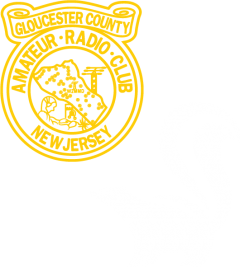Many of the Skunkworks team projects utilize Raspberry Pi computers but a few functions require even higher computing resources. For those functions and several others we needed a server that could run multiple Windows or Linux virtual machines (VMs) that performed various required functions.
Two important function were needed by the satellite station to allow remote operations. First, the PST Rotator controller for the antenna aiming needed to be run in server mode in a Windows computer so that client computers could connect and control the antenna positioning through the PST Rotator TCP client. Also, the SDR Console program likewise needed to be run in server mode so that remote SDR Console clients could connect and utilize the SDR receivers in the clubhouse connected to the satellite yagi antennas.
Fortunately one of the Skunkworks team members had a Dell server that had been retired from business use and was available to the team. With two Xeon CPUs and 96 gb of memory this server had sufficient power for all of those needs. The original Windows server operating system was replaced by VMware which allowed assignment of USB ports to individual VMs, a feature absent in the Windows Hyper-V software. A Windows VM was set up with PST Rotator and SDR Console running in server mode, which allowed connections (albeit one at a time) from stations that are local or connected through a VPN to the clubhouse network.

Another need for significant computing power arose from building the videos from the GOES weather satellites. These videos require multiple steps of resizing the original image, imprinting the Skunkworks logo and file name on each image, applying color enhancements to some images and then creating the video with interpolation between the frames to create a seamless moving image. This computation load proved to be too much for a Raspberry Pi so we spun up a Linux VM on the server and use it to create the video images. Every three hours the individual images captured from the GOES receiver are copied to the Video VM from which the videos are created and then transferred to the website for viewing.
The networking cabinet houses multiple networking devices that are more fully described here:https://wp.w2mmd.org/wp/networking-cabinet/
Backup power to the server and networking cabinet is provided by an APC floor-mounted UPS.
Monitoring of the Raspberry Pi computers and Linux VMs is performed as described here .
